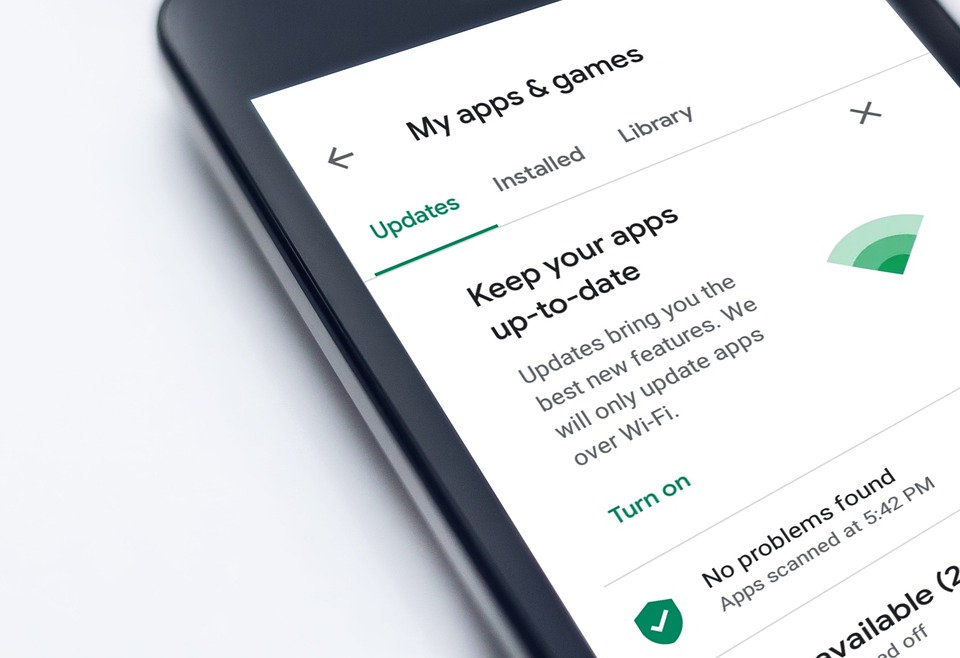Projected consumer spending on mobile games is expected to generate more income than all other forms of gaming combined this year. That’s the view of App Annie, which recently published its State of Mobile 2020 report, forecasting $100 billion revenues for the mobile gaming sector spanning all mobile app stores in 2020. The immense growth of mobile gaming has been made possible thanks to the technological advancements of cross-platform and responsive HTML5 technology, fostering intuitive in-browser gameplay for those that don’t prefer downloading native apps. Meanwhile the prevalence of 4G and even 5G connectivity has made accessibility easy for most of the global population.
Mobile gaming has been a major pull for mobile app users for many months now. App Annie’s State of Mobile report last year found that half of all mobile app users play gaming apps on their smartphones and tablets. This makes gaming apps equally as popular as on-demand music streaming platforms such as Apple Music and Spotify. This year’s report states that spending on mobile gaming apps comprised over half (56%) of all gaming spending last year – 2.9 times the spending on console games and 2.4 times the spending on desktop PC and Mac games.
An exclusive band of mobile games prove to be the show-stoppers

SOURCE: Photo
Caption: The App Store and Google Play are inundated with mobile titles
The report also states that while 1,121 mobile games yielded revenues of $5 million combined, a select band of 140 gaming apps generated over $100 million in revenue combined. It’s said that the most compelling niche in mobile gaming is the free-to-play market, which appeals greatly to casual gamers worldwide. Of course, mobile games need to impress and excite their players through the use of slick visuals and intuitive core gameplay mechanics and free-to-play titles can achieve all of this before encouraging their users to pay small sums to enhance their experience, be it upgrades to game items or unlocking new levels.
The platforms ushering in free-to-play mobile gaming
App Annie states that more than four-fifths (82%) of all mobile game downloads could be pigeon-holed in the casual gaming category. As of the summer of 2018, one of the world’s biggest gaming libraries sought to make free-to-play titles more readily accessible on Android and iOS devices. The Steam Link app allows players to use their smartphones, tablets as well as Apple TVs to play providing they are connected to the same Wi-Fi network as their desktop PC or Mac with Steam installed.
American gaming developers Ubisoft have also invested considerable time and money into moulding their own ‘Mobile-HQ team’, focused on launching mobile-specific titles such as Assassin’s Creed Pirates, Rayman Fiesta Run and Hungry Shark Evolution. It’s all geared towards reaching new audiences and give fans “new ways to play”. Even some of the biggest iGaming sites are acknowledging the growth of the free-to-play market. PokerStars has unveiled its own free-to-play app, allowing people to enter ring games, sit and go’s and multi-table tournaments with a platform that’s been fully optimised for all Android devices, spanning smartphones and tablets.
Where can the mobile gaming industry go next? The new reality for mobile gamers could well be virtual. Immersion is one of the main reasons why millions of people worldwide love gaming. It’s the chance to indulge in digital, fantasy environments for an hour or two; a form of escapism if you will. Virtual reality (VR) and augmented reality (AR) is changing the game already to provide even more compelling mobile gaming experiences. Newzoo claims that the cumbersome setup and costly VR hardware means VR mobile titles are still some way from entering the mainstream.
There are several VR mobile headsets compatible with mobile gaming apps today. The Gear VR headset is a particularly popular addition, while Google’s budget-friendly Cardboard headset offered the perfect entry into mobile VR, as did the Daydream VR on the Google Pixel. There is a concern that despite its short-term success, these VR mobile headsets have failed to achieve broad consumer adoption thus far. Whether mobile VR has the potential to deliver lengthy gaming experiences remains to be seen. Its short, disposable experiences won’t be enough to develop the niche into a viable long-term gaming solution.
